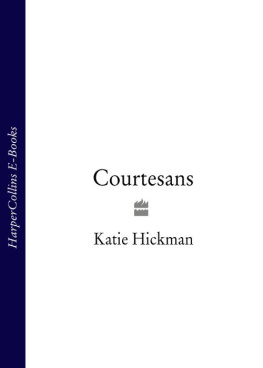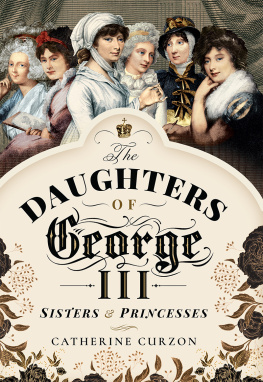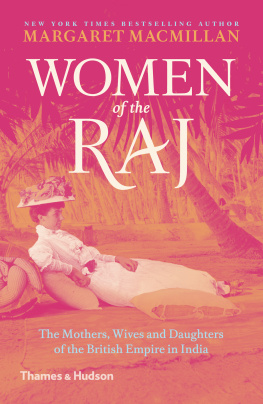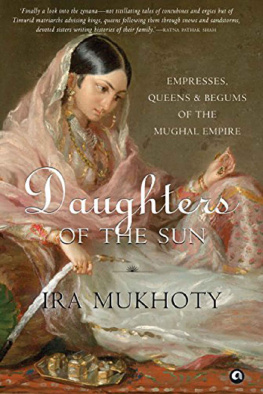Katie Hickman - Daughters of Britannia: The Lives and Times of Diplomatic Wives
Here you can read online Katie Hickman - Daughters of Britannia: The Lives and Times of Diplomatic Wives full text of the book (entire story) in english for free. Download pdf and epub, get meaning, cover and reviews about this ebook. year: 2002, publisher: HarperCollins, genre: Non-fiction. Description of the work, (preface) as well as reviews are available. Best literature library LitArk.com created for fans of good reading and offers a wide selection of genres:
Romance novel
Science fiction
Adventure
Detective
Science
History
Home and family
Prose
Art
Politics
Computer
Non-fiction
Religion
Business
Children
Humor
Choose a favorite category and find really read worthwhile books. Enjoy immersion in the world of imagination, feel the emotions of the characters or learn something new for yourself, make an fascinating discovery.

- Book:Daughters of Britannia: The Lives and Times of Diplomatic Wives
- Author:
- Publisher:HarperCollins
- Genre:
- Year:2002
- Rating:3 / 5
- Favourites:Add to favourites
- Your mark:
Daughters of Britannia: The Lives and Times of Diplomatic Wives: summary, description and annotation
We offer to read an annotation, description, summary or preface (depends on what the author of the book "Daughters of Britannia: The Lives and Times of Diplomatic Wives" wrote himself). If you haven't found the necessary information about the book — write in the comments, we will try to find it.
In an absorbing mixture of poignant biography and wonderfully entertaining social history, Daughters of Britannia offers the story of diplomatic life as it has never been told before.
Lady Mary Wortley Montagu, Vita Sackville-West, and Lady Diana Cooper are among the well-known wives of diplomats who represented Britain in the far-flung corners of the globe. Yet, despite serving such crucial roles, the vast majority of these women are entirely unknown to history.
Drawing on letters, private journals, and memoirs, as well as contemporary oral history, Katie Hickman explores not only the public pomp and glamour of diplomatic life but also the most intimate, private face of this most fascinating and mysterious world.
Touching on the lives of nearly 100 diplomatic wives (as well as sisters and daughters), Daughters of Britannia is a brilliant and compelling account of more than three centuries of British diplomacy as seen through the eyes of some of its most intrepid but least heralded participants.
Katie Hickman: author's other books
Who wrote Daughters of Britannia: The Lives and Times of Diplomatic Wives? Find out the surname, the name of the author of the book and a list of all author's works by series.








